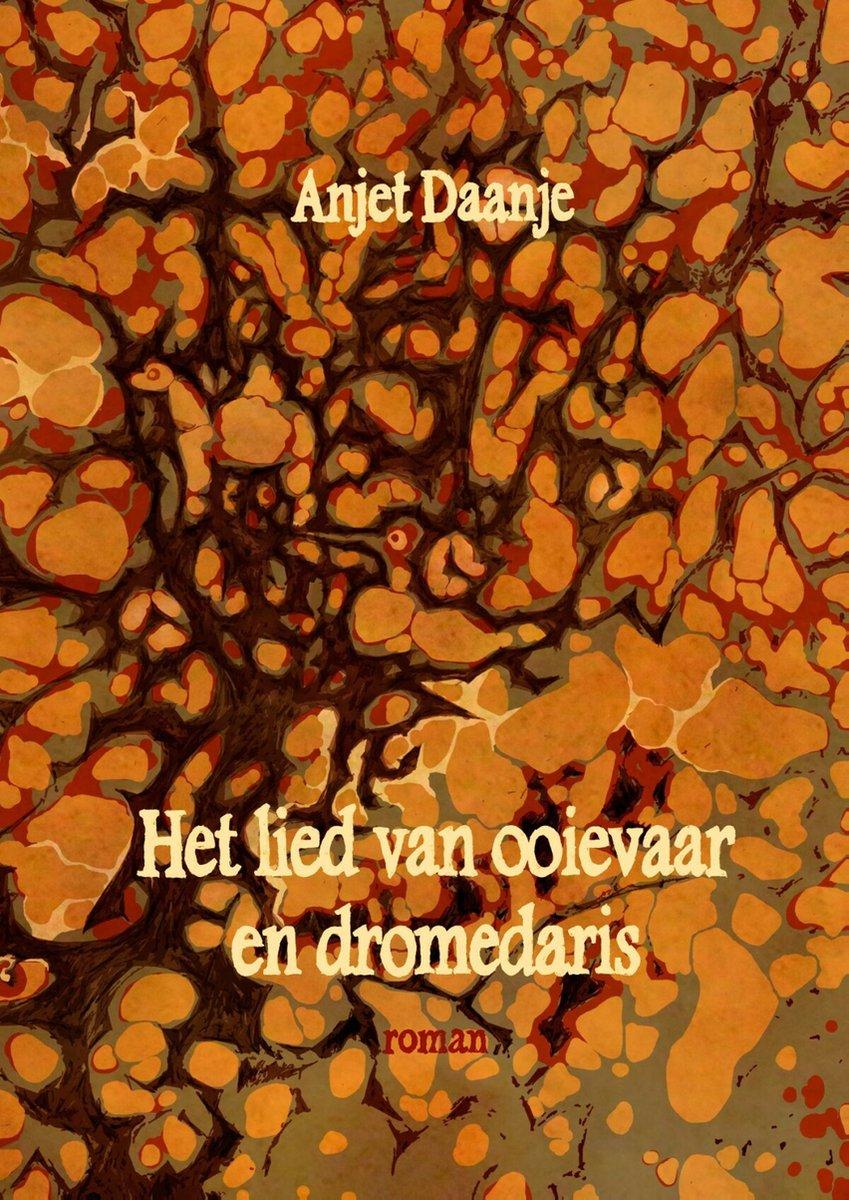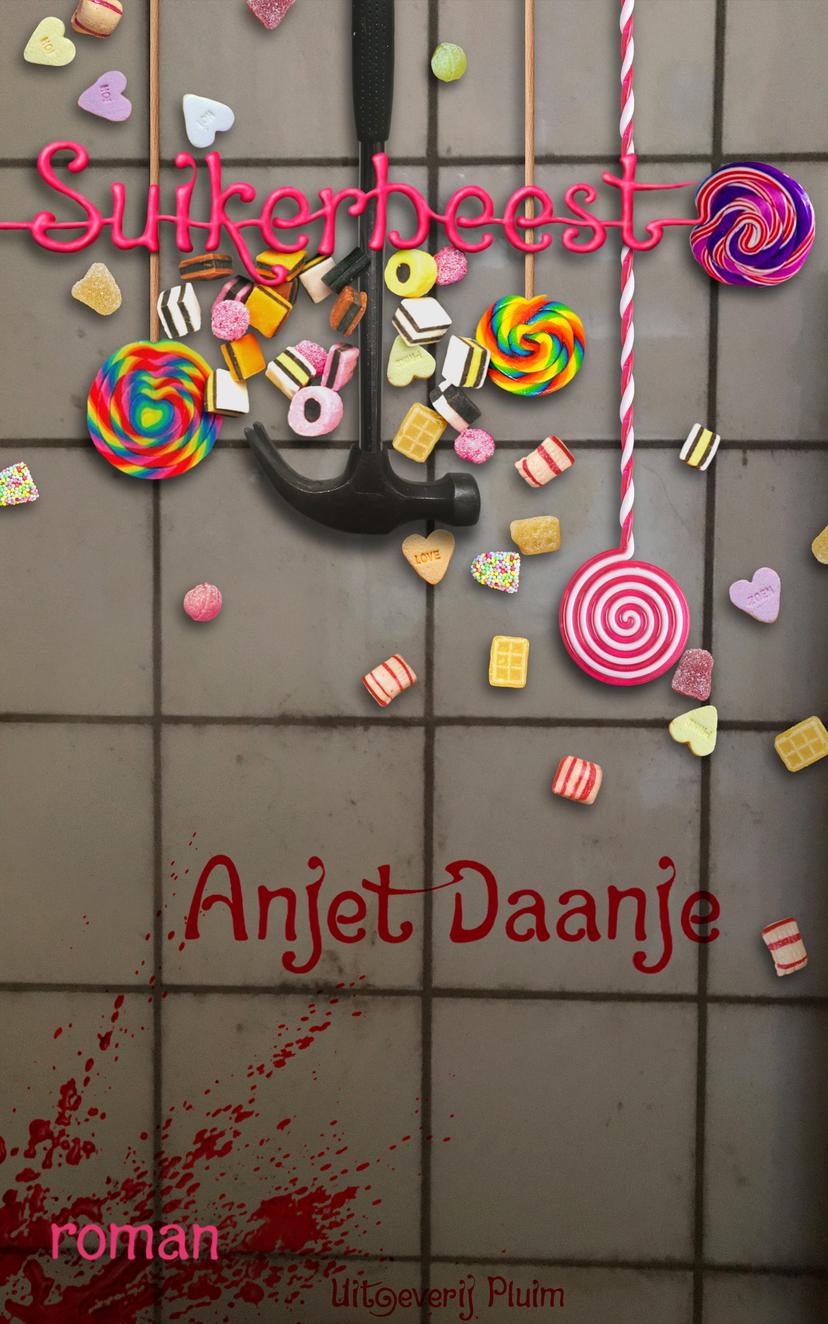The Song of the Stork and the Dromedary
This masterful novel spans two centuries in a mosaic of styles and genres. Its central figure is the uncompromising Eliza May, modeled after Emily Brontë.

In early 19th-century Yorkshire, she and her sisters Millicent and Helen lead a reclusive existence marred by poverty and disease. They find fulfilment in their love of reading and writing books. When, after dozens of rejections, the novels by Millicent and Eliza May are finally published (using male pseudonyms), Millicent’s novel becomes a huge success, whereas Eliza May’s novel is labeled ‘sick’ and ‘immoral’. In eleven chapters, each of which could just as well be a standalone novella, Eliza May’s life story is told by people who knew her personally, biographers centuries later, a mysterious notebook and characters whose lives become serendipitously intertwined with Eliza’s.
More Fiction

Sugar Animal
In 'Sugar Animal', Anjet Daanje draws a shockingly human portrait of a serial killer. Rutger Jaspers lives in a rowhouse. He is the sales manager at a sugar factory, he loves his wife, the music of the popular Dutch singer Marco Borsato and having a tidy home. He seems perfectly ordinary.

The Archive
One of the books that featured in several Dutch critics’ end-of-year lists was The Archive. Praised for his precise style and melancholy wit, Thomas Heerma van Voss describes the life of the aspiring editor of a literary magazine who has to say goodbye to his reclusive father.

The Paradise of Sleep
The poet Joost Oomen writes cheerful books. He even manages to spin the tale of a jaded euthanasia doctor who has seen too much into an entertaining, infectious yarn.

Days Like Strange Symptoms
In this unique novel, we see Sisyphus like we’ve never seen him – or rather, her – before. Baerwaldt’s Sisyphus is not the man forced to roll a boulder up a hill for eternity that keeps rolling back, but a modern mother aimlessly wandering around an inhospitable universe, pushing an empty wheelchair.
